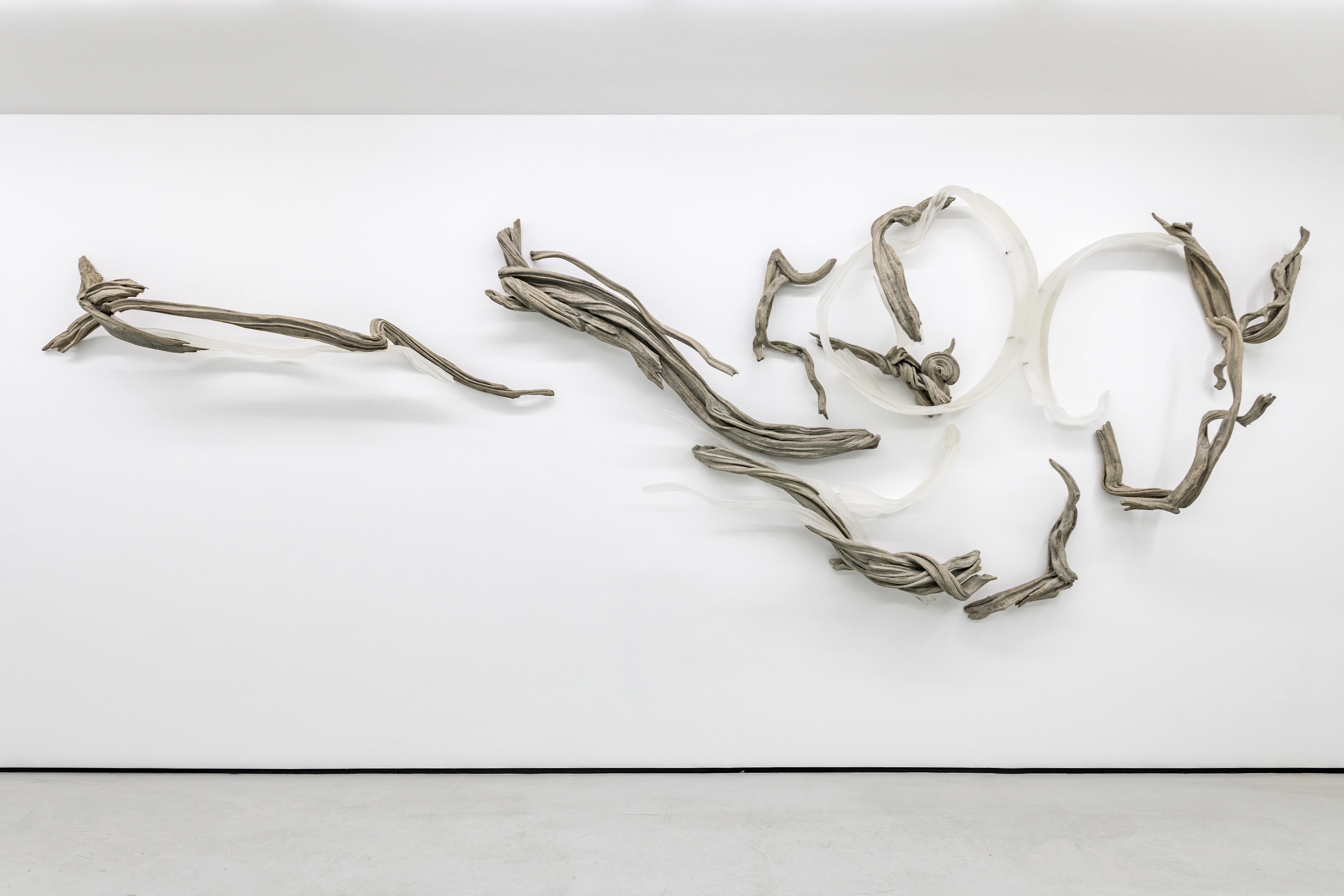
Juan José Barboza-Gubo
DESBORDE
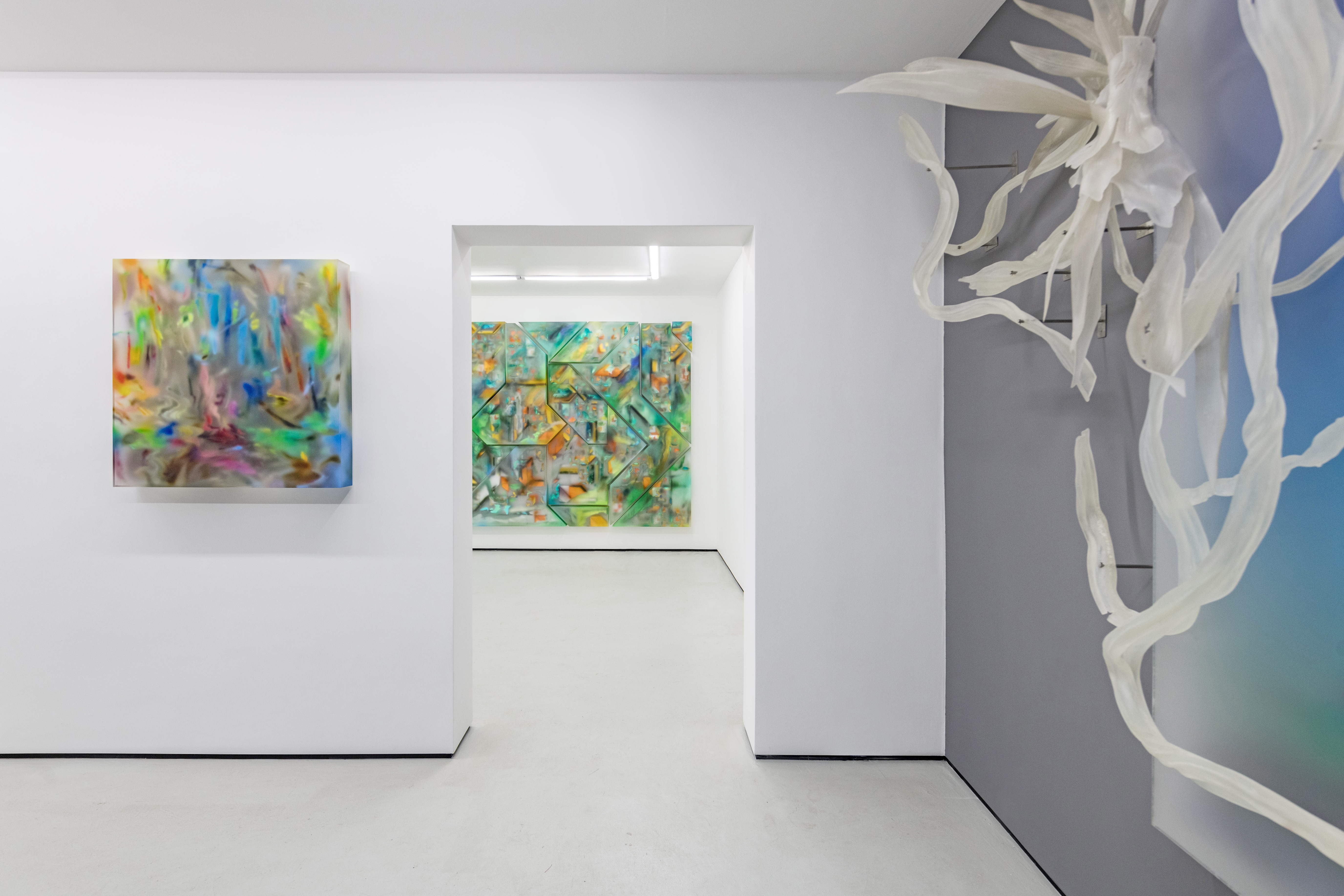
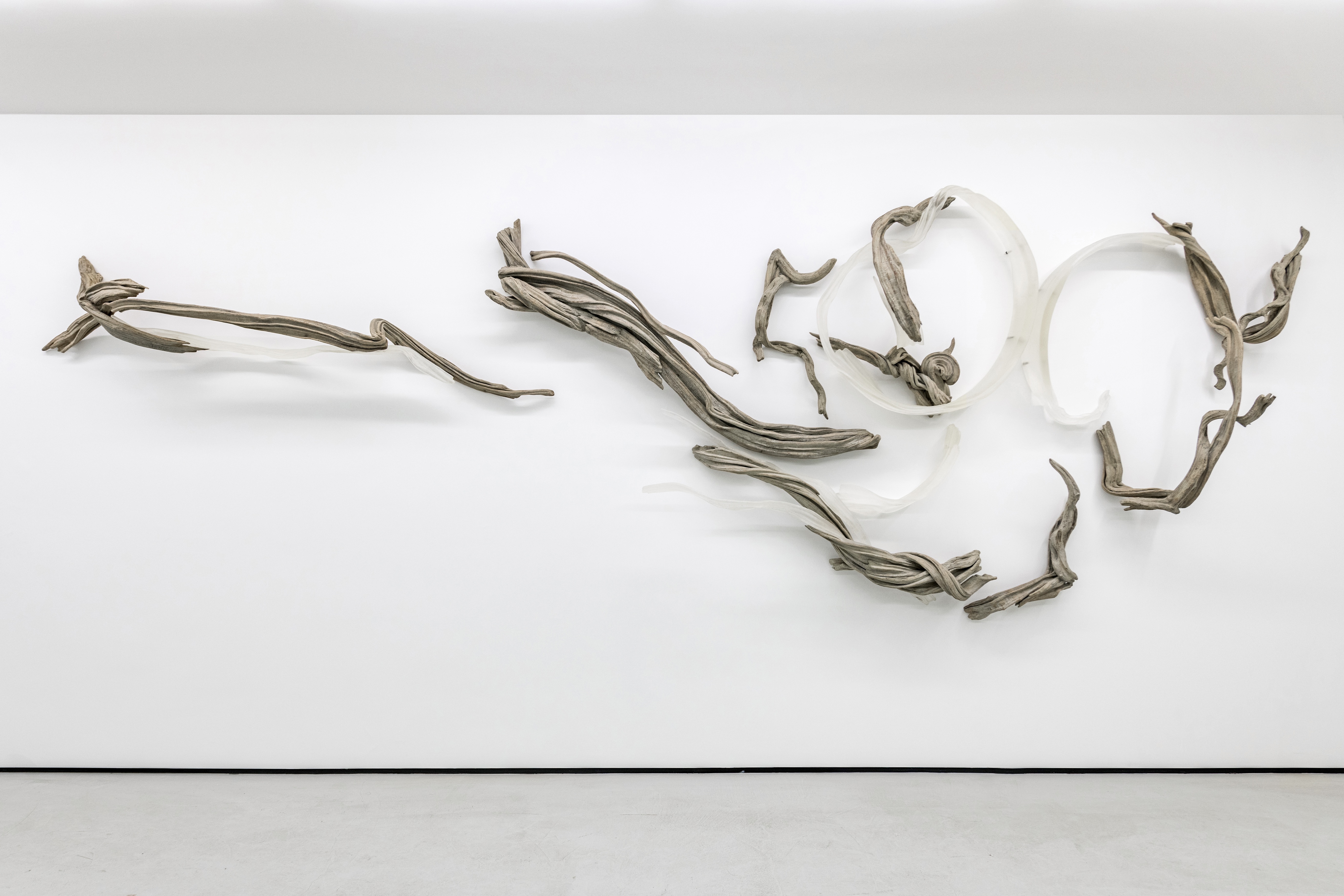
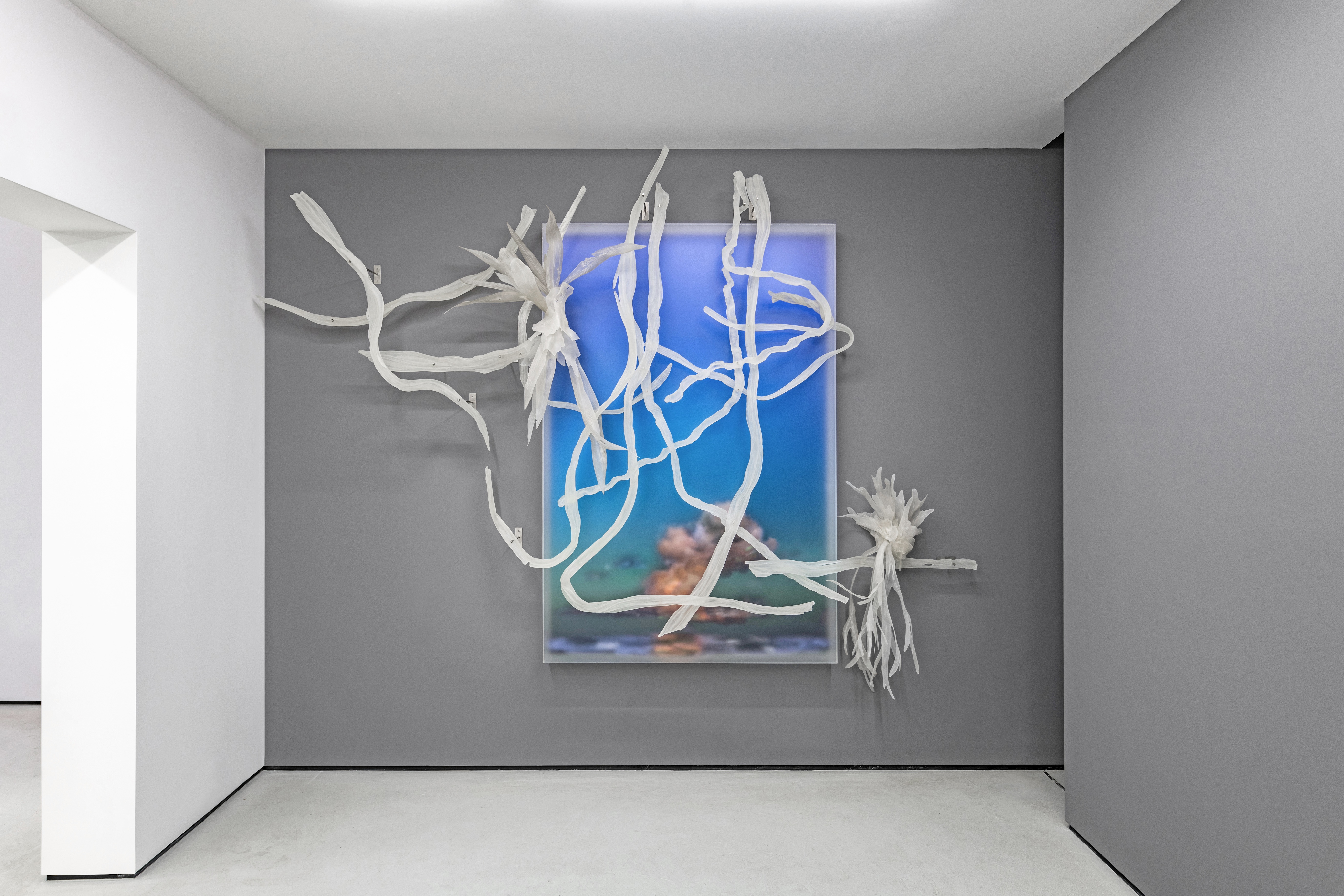
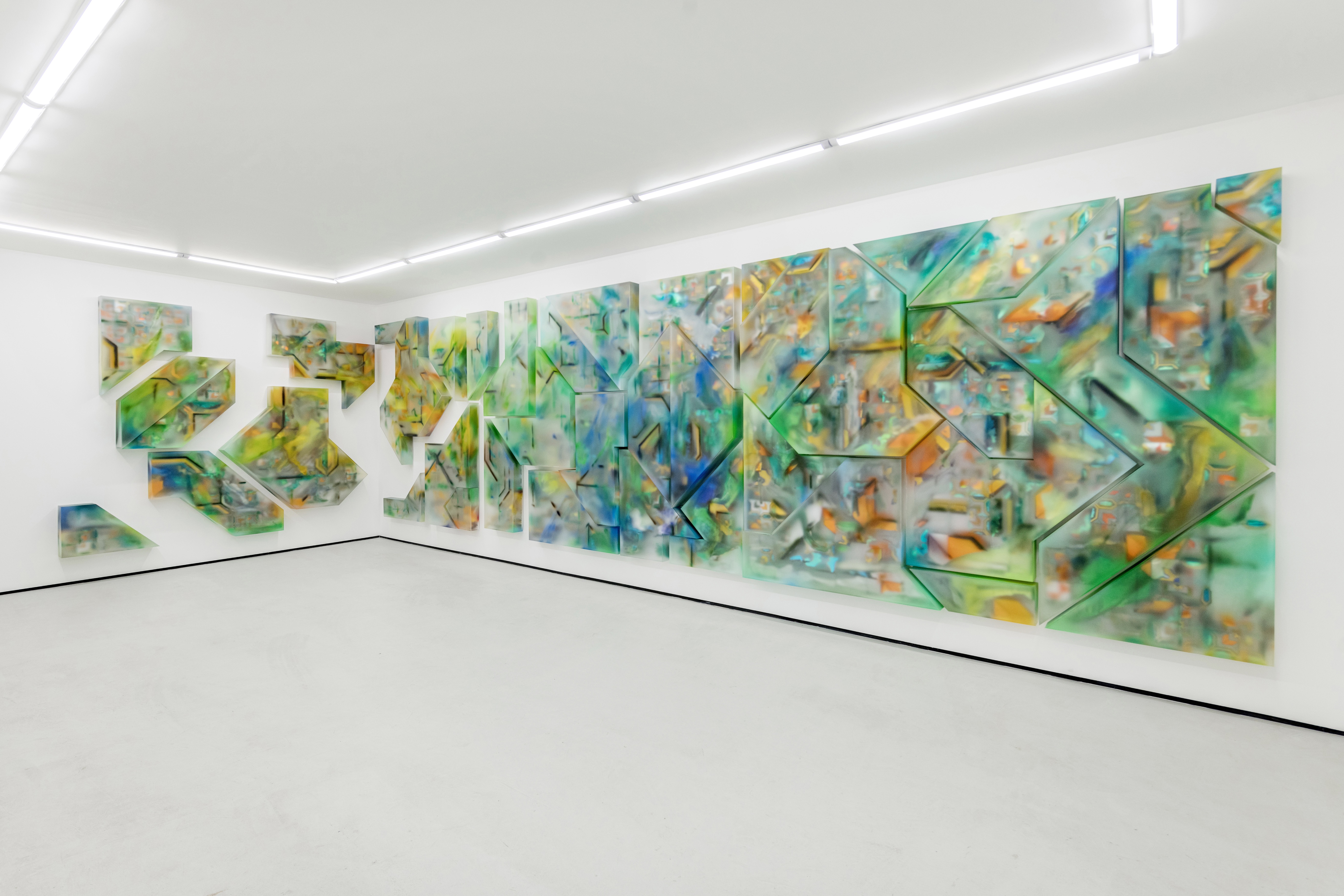
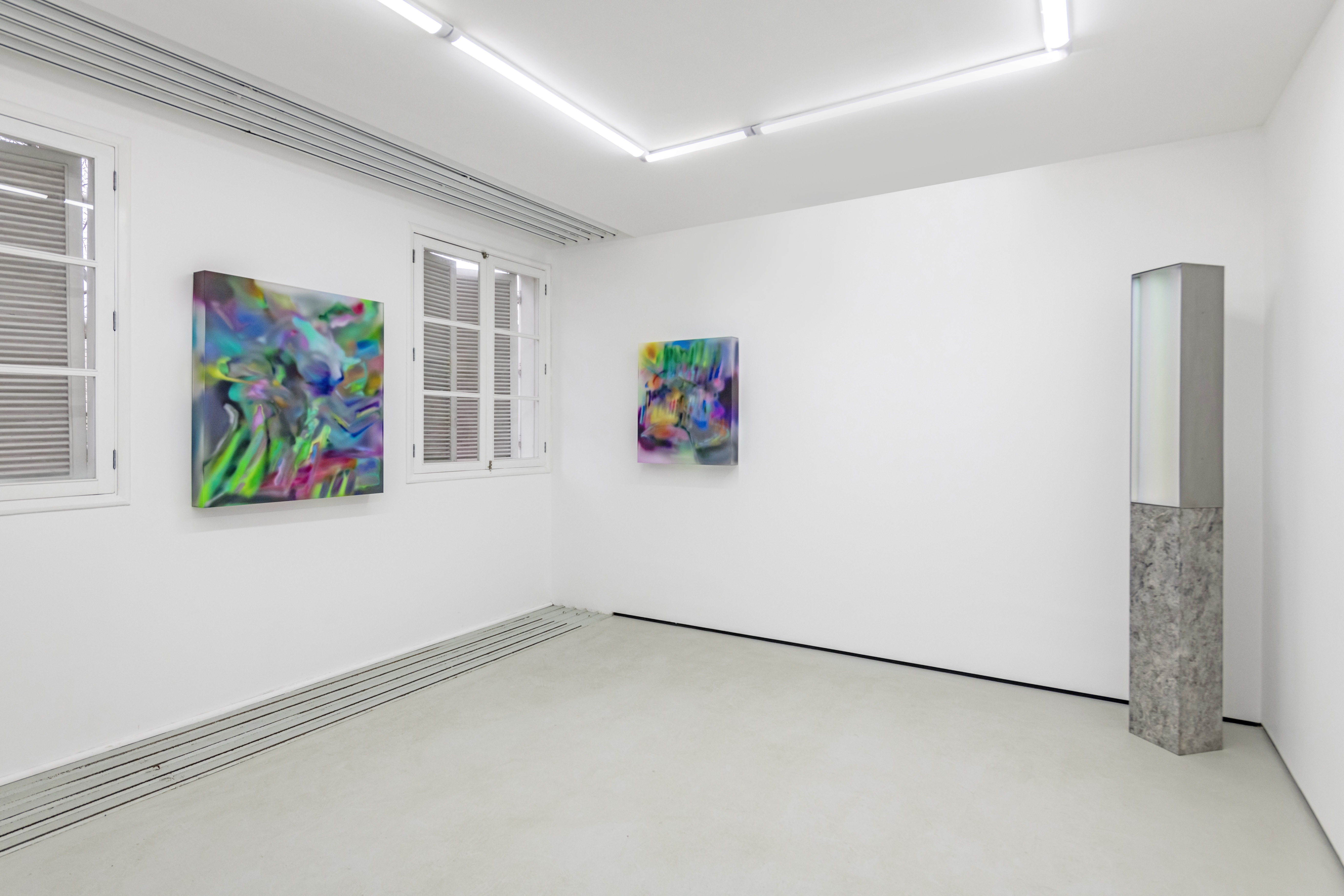
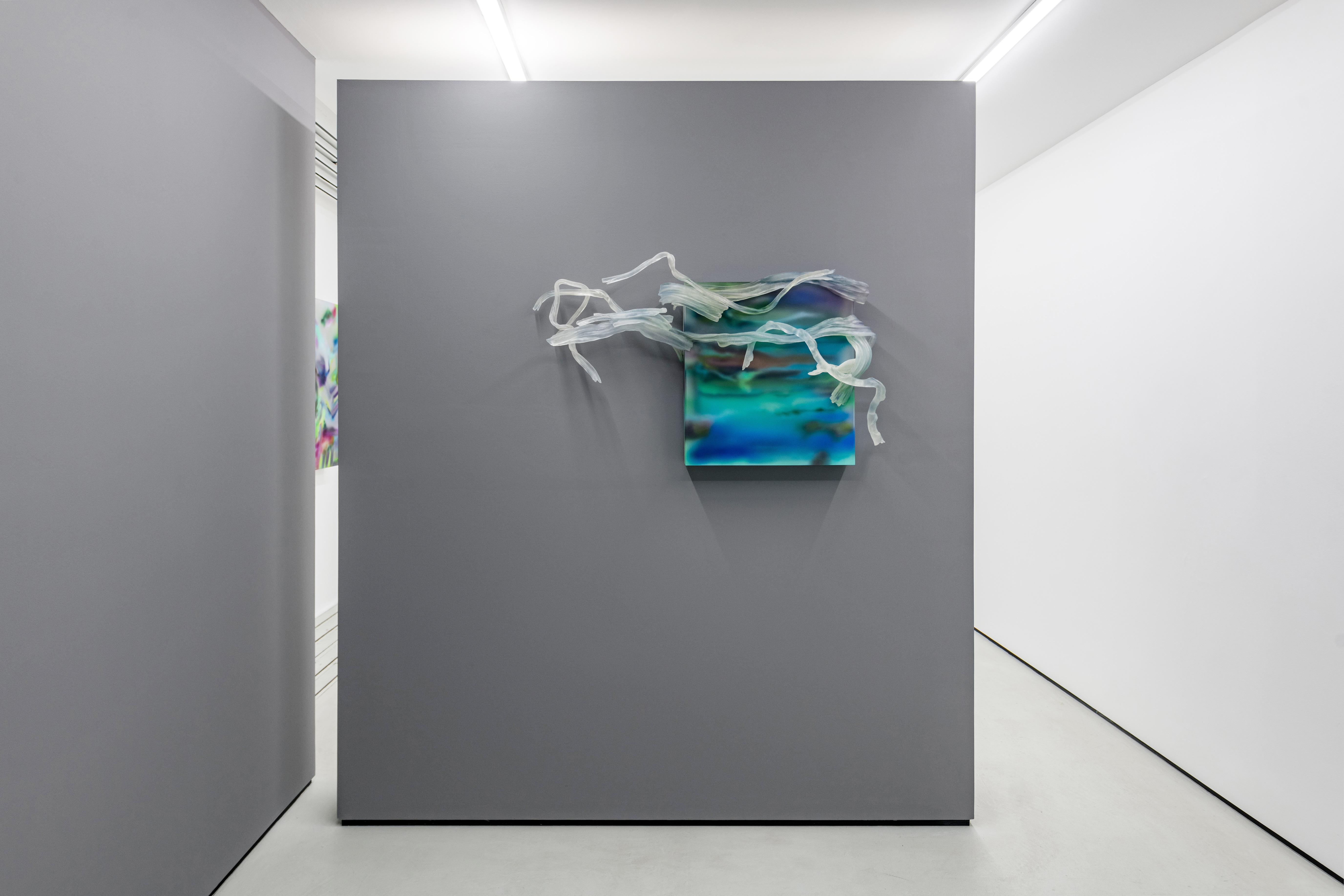
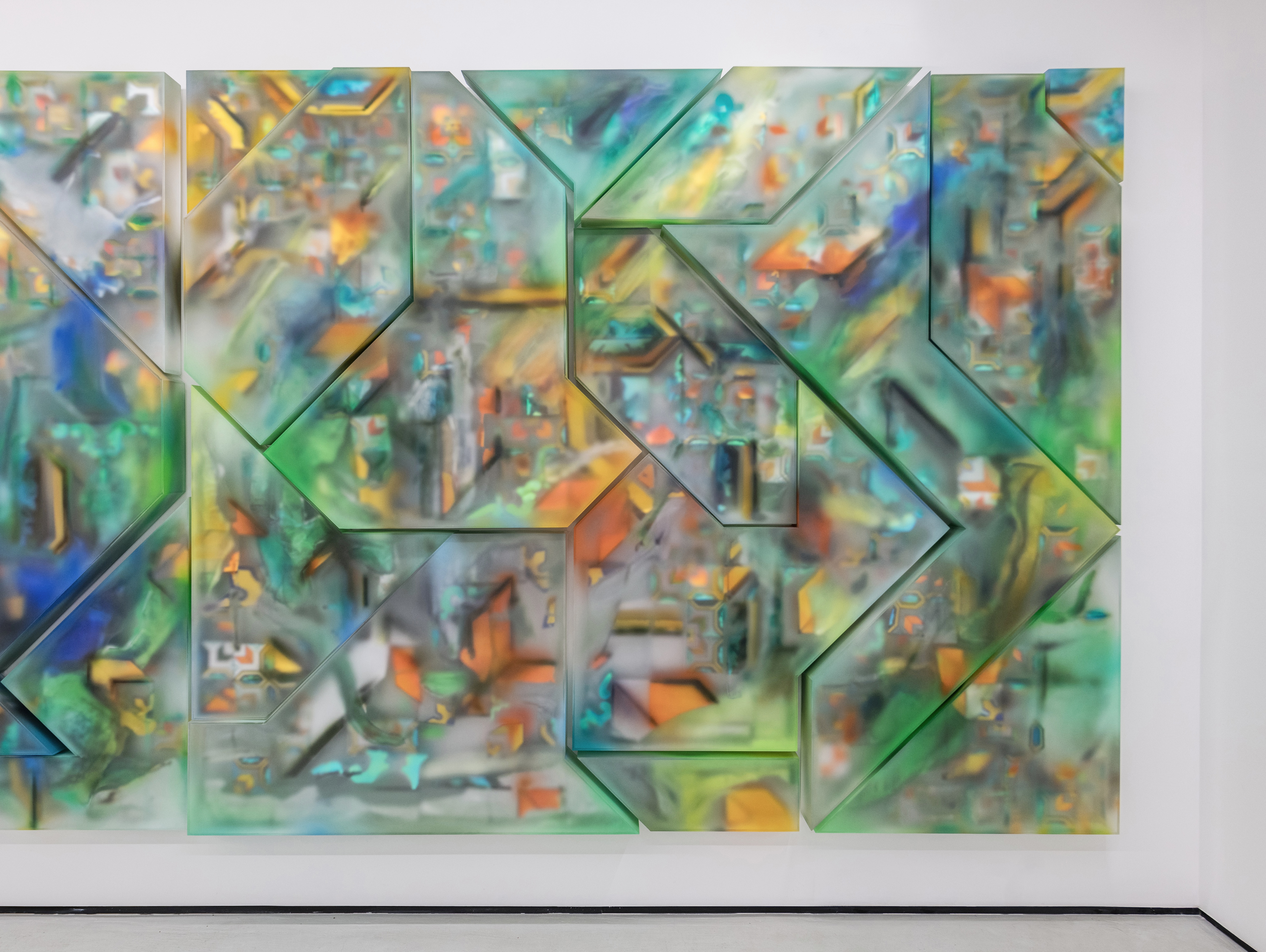
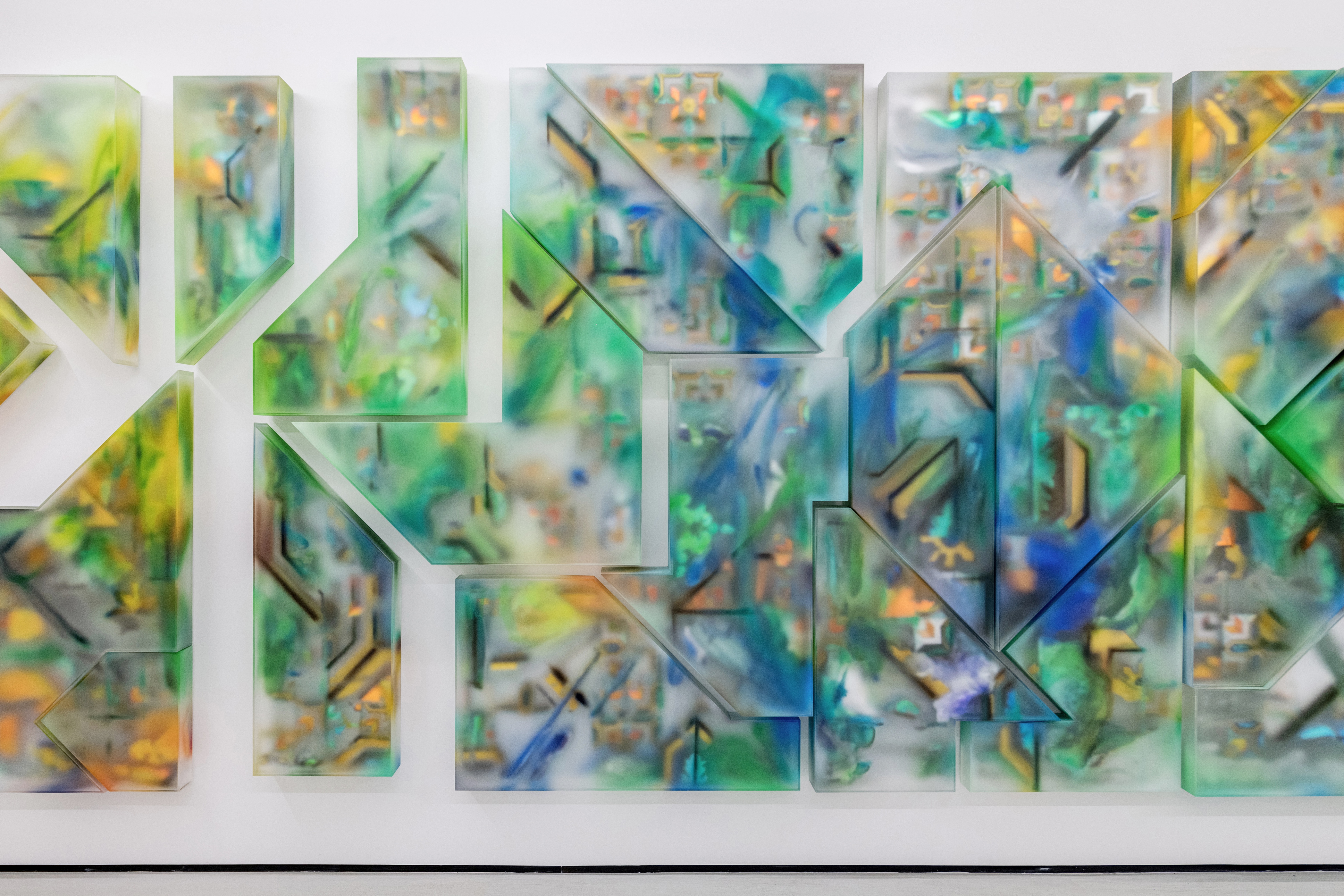
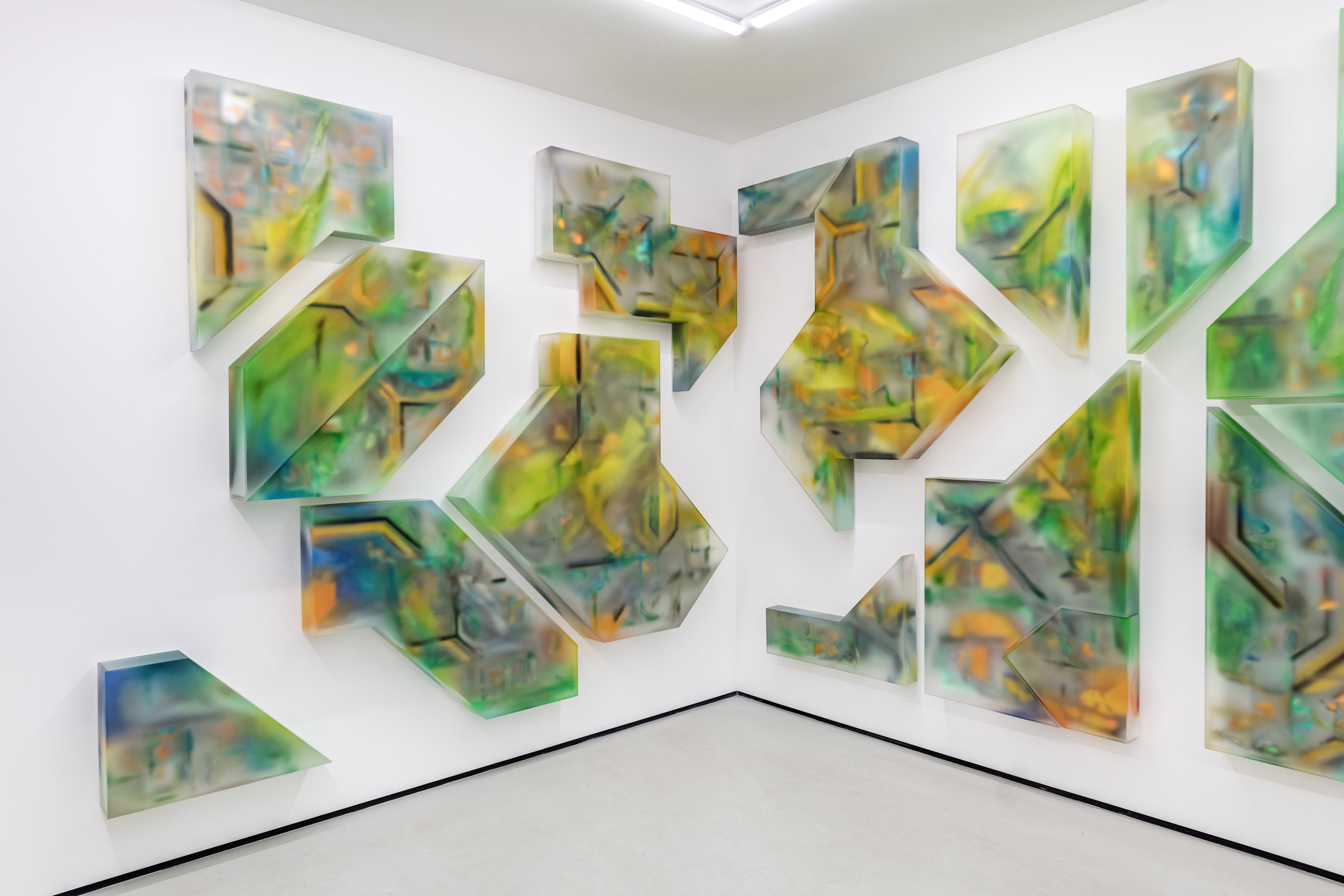
DESBORDE Expanding the edges and crossing enclosed terrains, flooding the margins within cycles of renewal. Overflow as an inevitable condition of vital experiences that ensure the continuity of ecosystems. Subjects coexist by interweaving their boundaries and embracing the frontiers imposed by other entities. That which can no longer be contained generates new possibilities for establishing focus: leaves and branches piercing through concrete structures, bodies of water transgressing their course, and roots shifting foundations. *Desborde* by Juan José Barboza-Gubo brings together a series of installations composed of various media, including painting, photography, and sculpture. The body of work reflects the artist’s ongoing exploration of new technical processes, a crucial aspect of his practice in recent years, and in this case, evokes movement and the transformation of contexts and their elements. Thus, the artist integrates diverse nuances of light—levels of clarity and opacity—into the installations. He also constructs atmospheres inspired by the imaginary of the Amazonian forest, incorporating materials such as wood and acrylic—elements that, despite their distinct compositions, coexist within the same forms and structures, constituting entities that circulate and extend. In *Desborde*, images of urban and natural landscapes of the Peruvian Amazon serve as the starting point for a series of reflections on human experiences—both individual and collective—and the processes of self-discovery and vital interrelation with other beings and elements. The patterns of tiles on the riverside buildings of Iquitos are reinterpreted and reconstructed to suggest the coexistence and transgression between natural elements and human constructions. These patterns are contained within compositions that, despite their defined volumes, take shape depending on the perspective from which they are viewed. *Desborde* also interweaves temporal cycles and links processes of change. Solid materials expand fluidly under heat, following the course of leaves, branches, and roots. Some translucent surfaces suggest forms, while others blur and obscure. Landscapes are framed for the viewer through reflections that allow for their reconstruction or, in some cases, concealment. Overflow manifests in the expansion of material boundaries, the unfolding of compositions, and the affirmation of new possible dimensions for beings. In this way, spaces of convergence open broader questions about the configuration of human identities, which interconnect and unfold, dissolving their borders.
Receive more information on available works from this exhibition.


Luminosidad azul
2024 Oil paint, acrylic paint, polyurethane, Digital print, optical material, frosted acrylic 84.5x84.5 cm / 33 1/4 x 33 1/4 in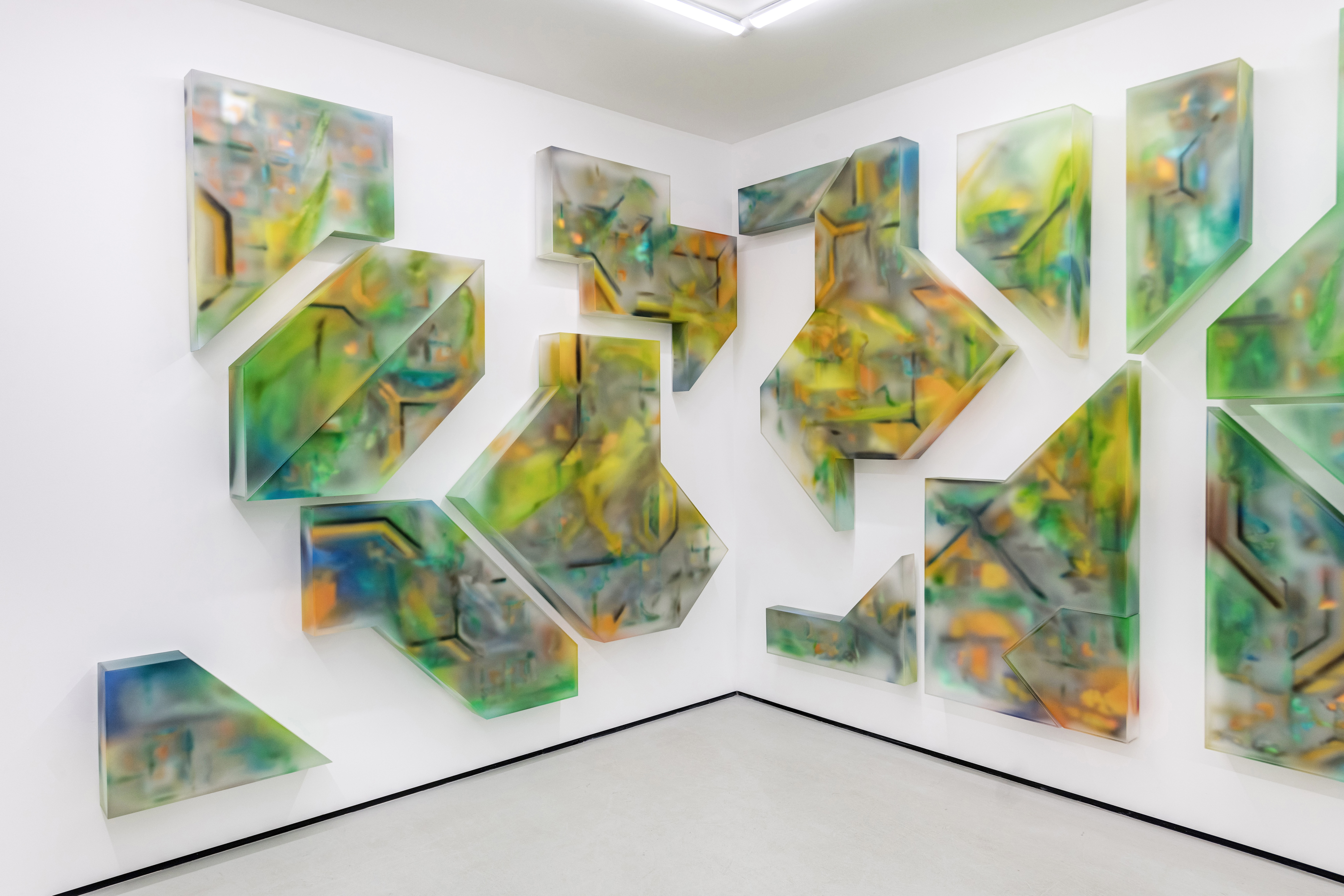
Desborde III
2024 Acrylic paint, polyurethane, digital printing, optical material, and burnished acrylic 420 x 212.5 x 16 cm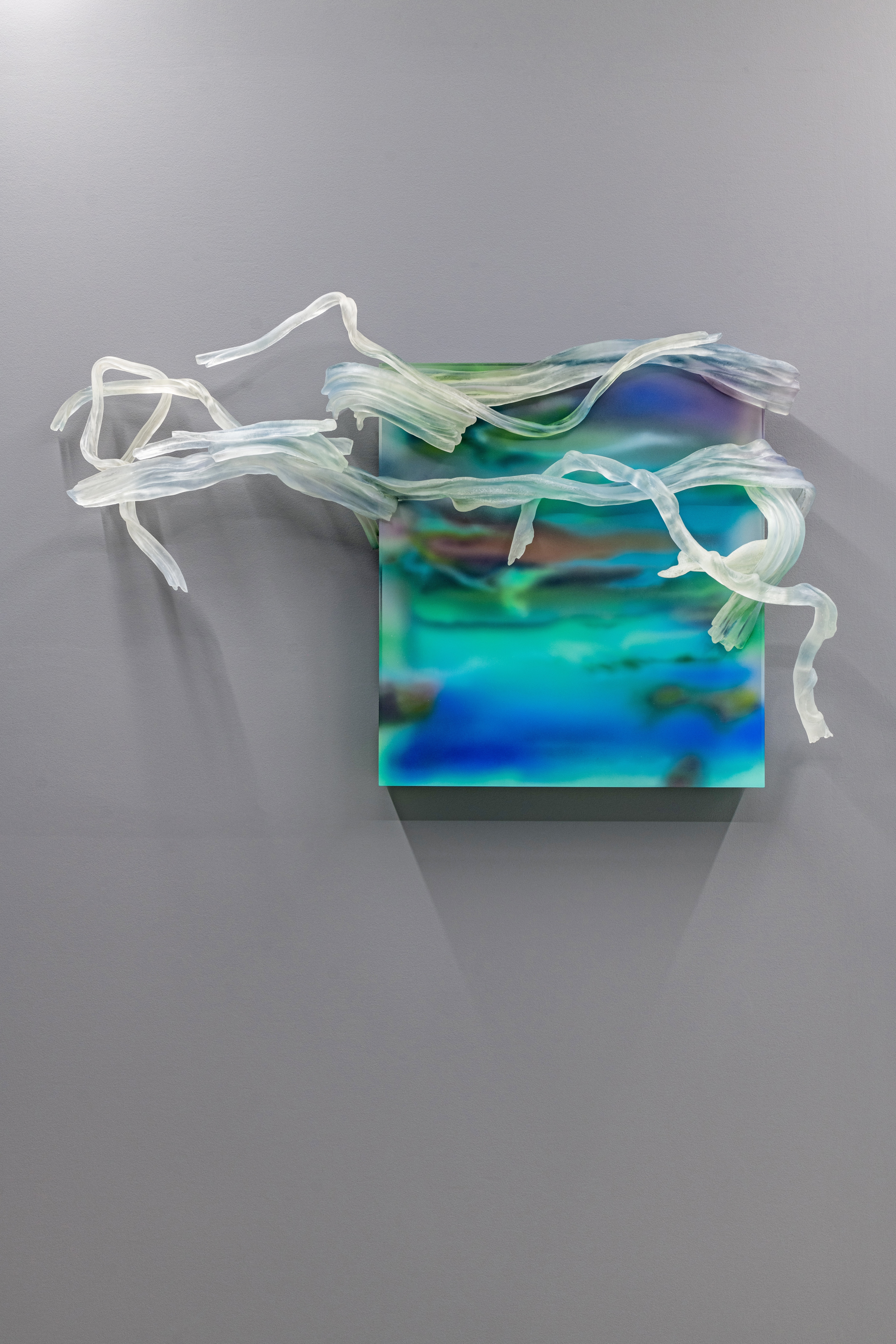
Reflexion
2024 Oil paint, acrylic paint, polyurethane, Digital print, optical material, frosted acrylic 116 x 67 x 21 cm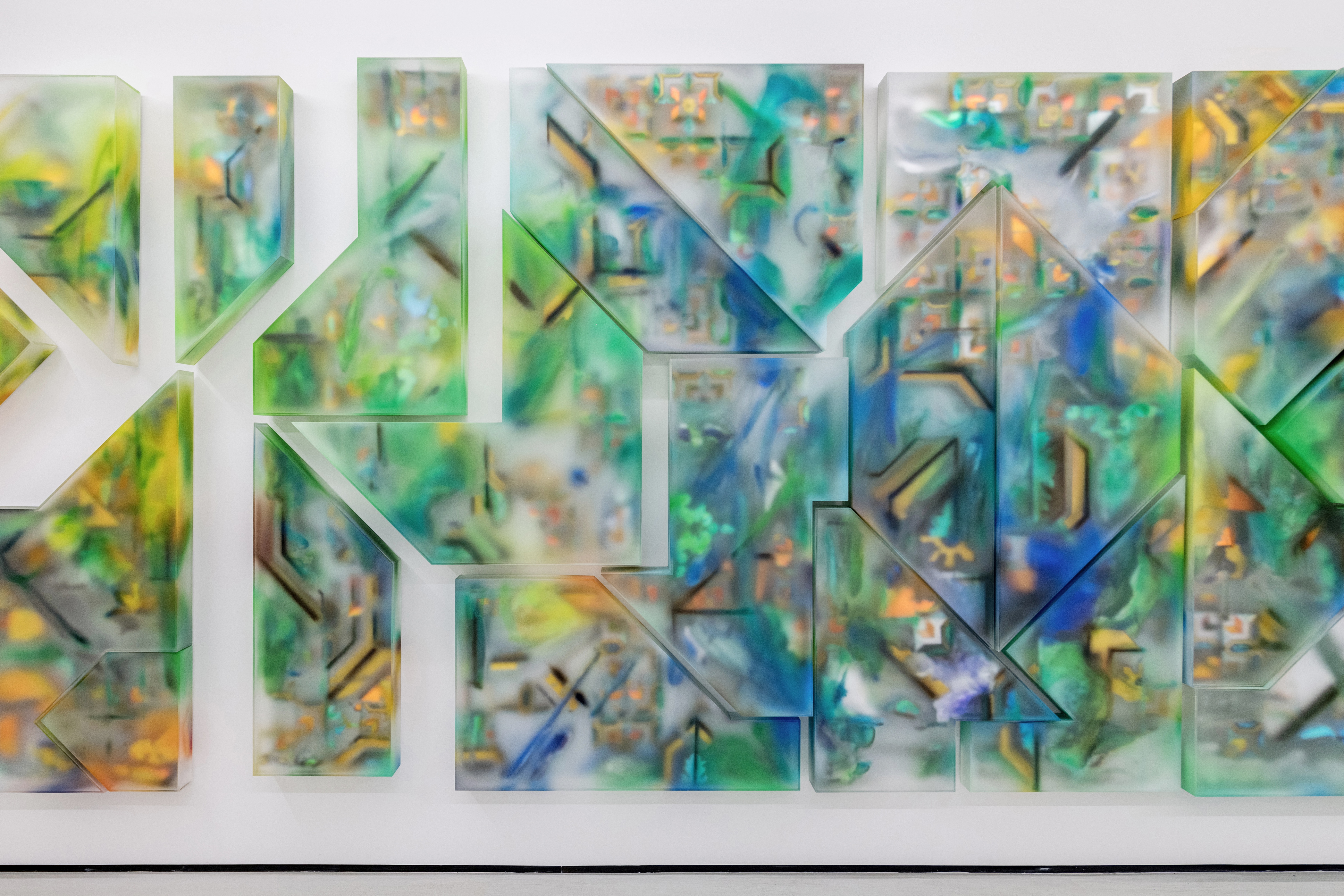
Desborde II
2024 Acrylic paint, polyurethane, digital printing, optical material, and blackened acrylic 294.5 x 214 x 16 cmJuan José Barboza-Gubo
(b. 1976, Lima, Peru) Barboza-Gubo earned a Bachelor of Fine Arts from the Pontificia Universidad Católica del Perú (PUCP) before completing a Master of Fine Arts at the Massachusetts College of Art and Design (MassArt), where he later became a professor. Trained in both painting and sculpture, he integrates these disciplines to create intricate works using diffused acrylic and polyurethane, challenging human perception. His originality earned him the title of *Breakout Artist of the Year* by *Artscope* magazine in 2014, along with numerous solo exhibitions worldwide, including at the Museum of Contemporary Art, Peru; the Museum of Memory, Peru; the Museum of Sex, New York; the Institut Français in Stuttgart; and the Museo Colonia in Bogotá, Colombia.